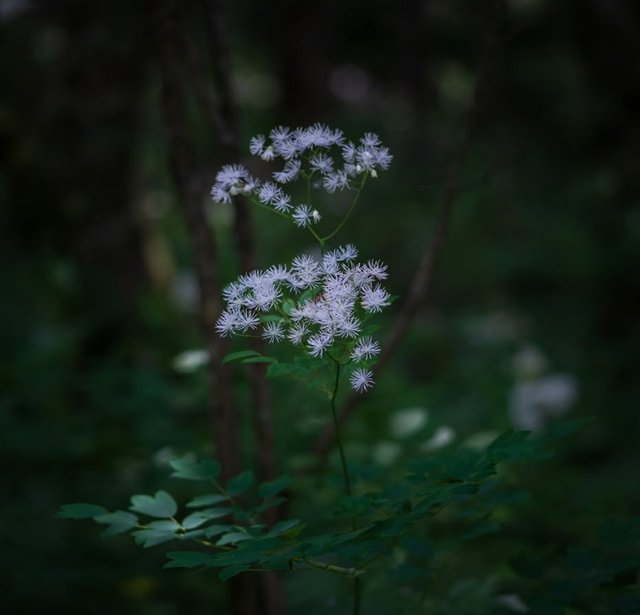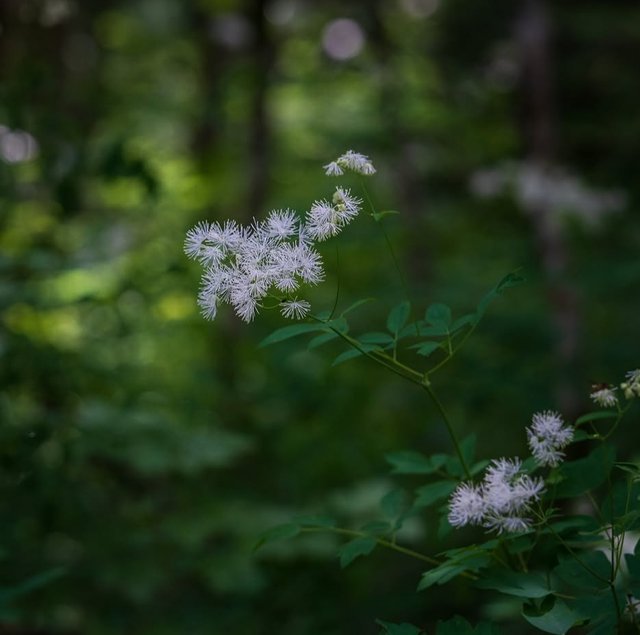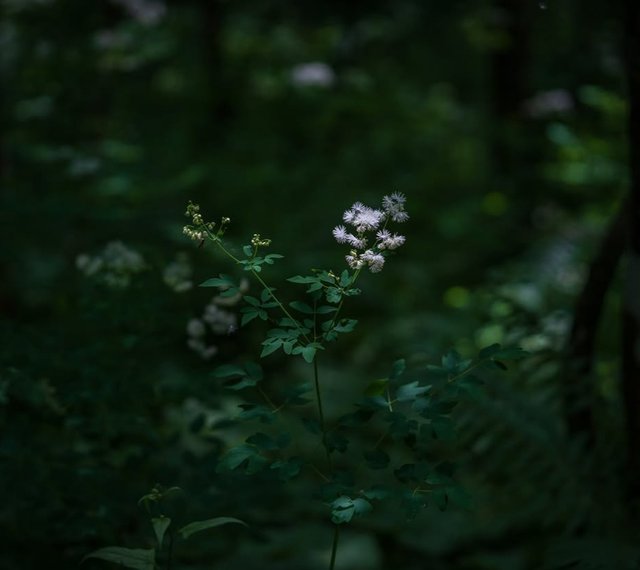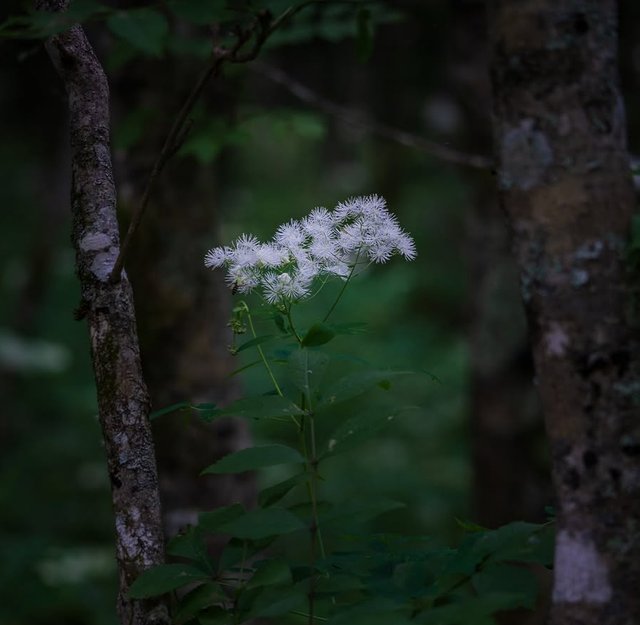Wonderful Colour Tall Meadow Rue Flower
Tall Meadow Rue Tall Meadow Rue is an elegant and airy perennial wildflower native to North America, celebrated for its feathery blooms, tall stature, and ability to add lightness and movement to naturalistic landscapes. This species belongs to the buttercup family and is most often found in moist meadows, woodland edges, and stream banks, where its delicate flower clusters sway gently in the summer breeze.
Description
Tall Meadow Rue typically grows between 4 and 8 feet in height, making it one of the taller wildflowers in its genus. Its stems are erect, smooth, and green to purplish in color. The leaves are compound, resembling those of columbines, with bluish-green leaflets that are lobed and toothed, giving them a soft, lacy appearance.
The plant’s flowers are especially striking — not for bold colors, but for their cloud-like form. Blooming from June to August, the blossoms lack traditional petals and instead showcase clusters of long, thread-like stamens. In male plants, these stamens dangle like silky tassels, creating a fluffy, ethereal look, while female plants have more compact flower structures. The flowers range in color from creamy white to pale yellow, and because of their openness, they are easily accessible to a variety of pollinators.
Habitat and Range
Thalictrum pubescens is native to much of eastern and central North America, ranging from Newfoundland and Manitoba down to Georgia and Arkansas. It thrives in moist, fertile soils and is most often seen in partially shaded areas with consistent moisture — such as along rivers, in wet thickets, and at the edges of marshes. It is an indicator of healthy wetland ecosystems and plays an important role in supporting biodiversity in these habitats.
Ecological Value
While Tall Meadow Rue’s flowers may seem subtle to human eyes, they are an important nectar and pollen source for bees, flies, and other insects. The plant’s height and dense foliage also provide cover for small animals, while its seeds may be eaten by certain birds. Unlike many showy wildflowers, it is wind-pollinated as well as insect-pollinated, which is why its flowers are so light and fluffy.




%20(8).jpeg)